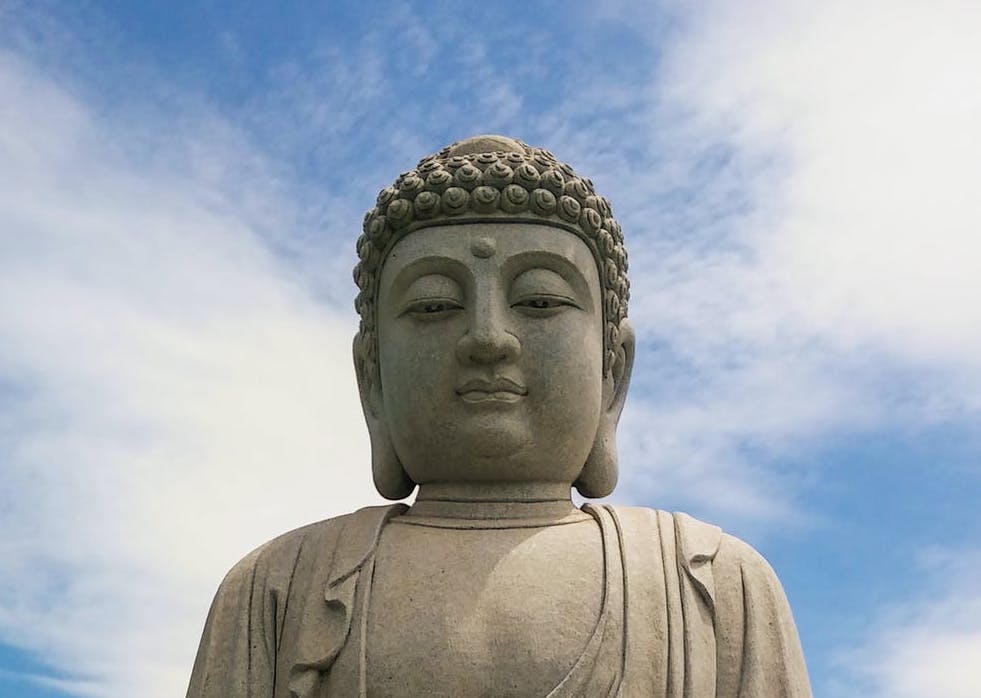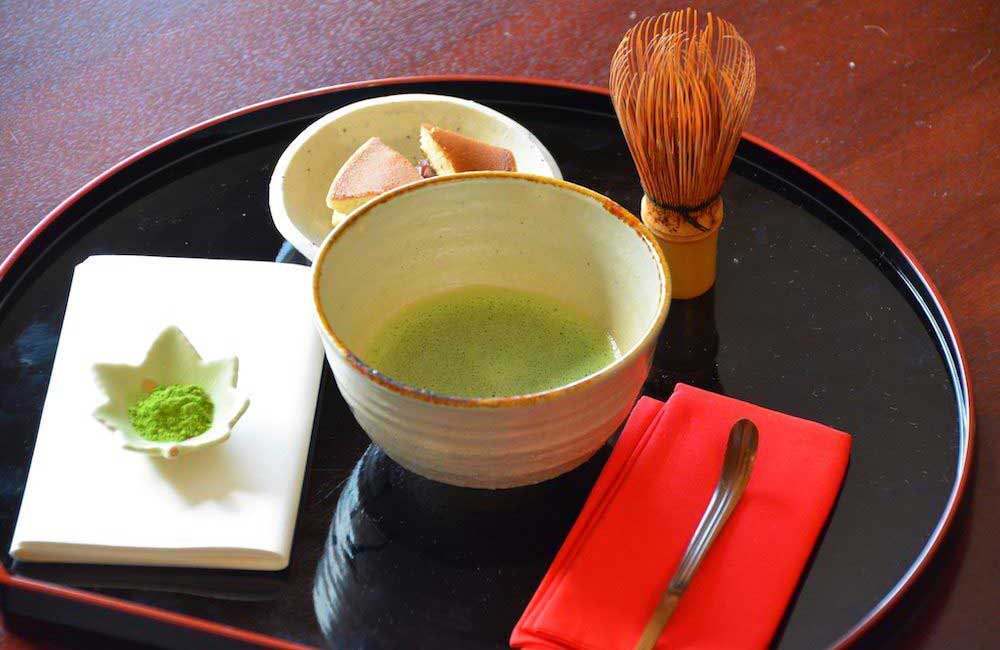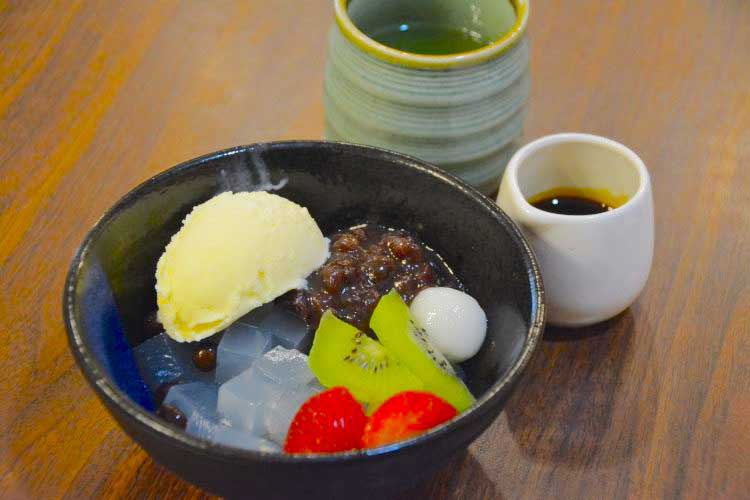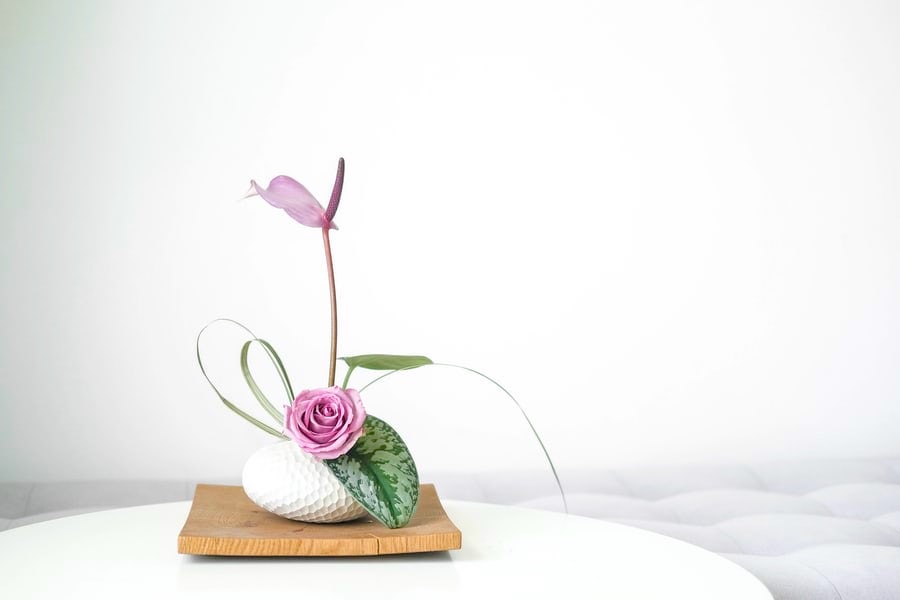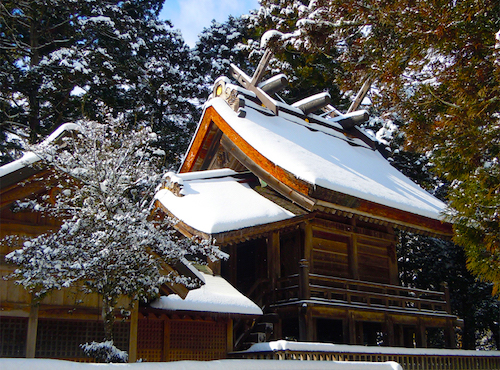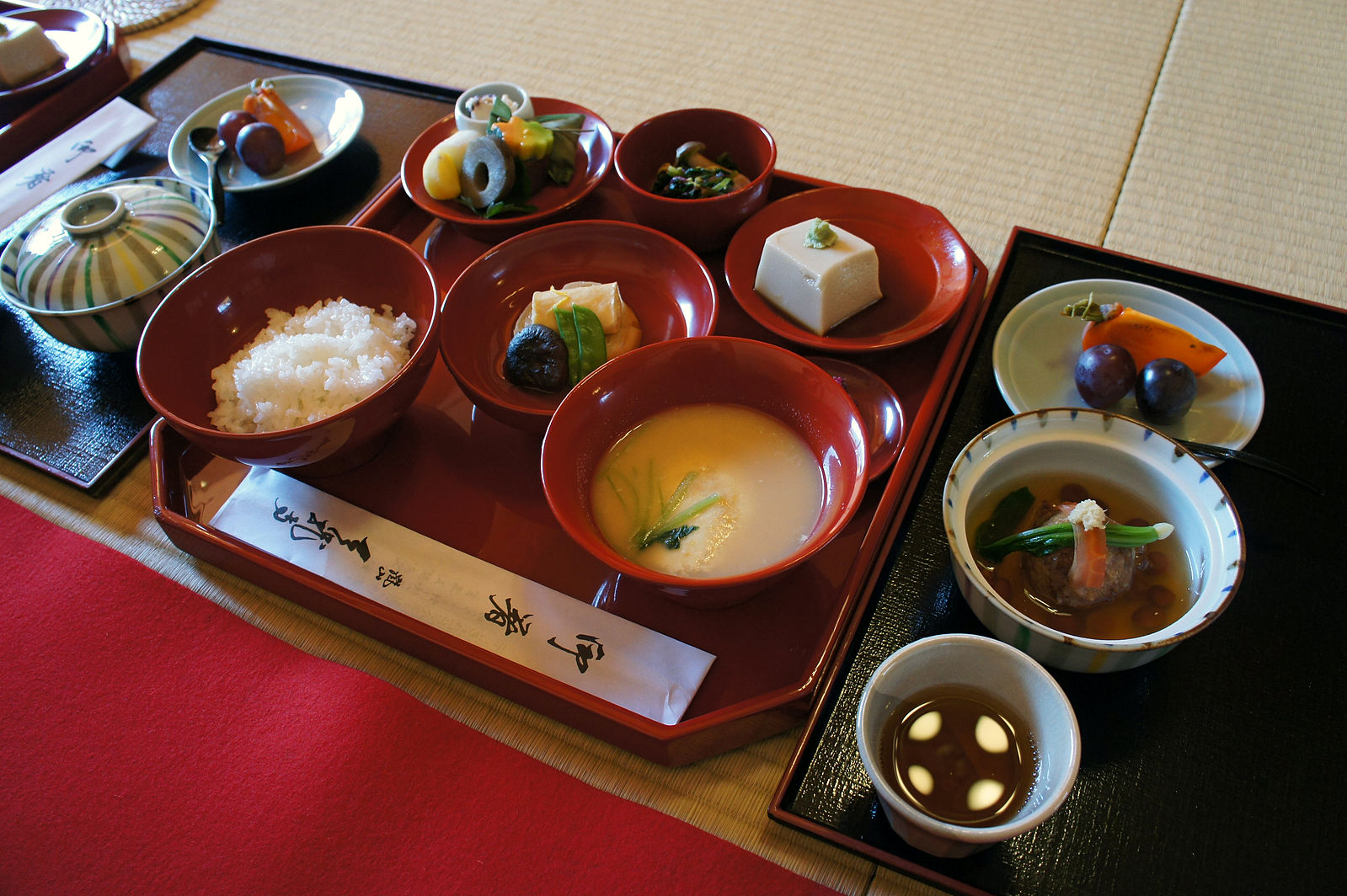
今回は、動物性食品を使わない精進料理や、知っていそうで意外と難しい「懐石料理」と「会席料理」の違いなどを英語で説明する表現をご紹介していきます。
ご興味のある方は、当サイトで 英語クイズ(5000問) を出題しておりますので是非ご覧ください。
目次
精進料理
精進料理とは、殺生や肉食を禁じられた仏教僧のためのお食事で、鳥獣肉や魚介類などの動物性食品を使わず、穀類や豆類、お野菜などでつくられています。
精進料理をいただくことができるお寺やレストランなども多くあります。
精進料理の簡単な言い方としては、
- Buddhist cuisine
- Buddhist vegetarian meal
- traditional Japanese Buddhist cuisine
などがあります。
vegetarian meals without meat and fish
(お肉やお魚を使わない菜食料理)
a traditional vegetarian meal for Buddhist monks
(仏教僧の伝統的な菜食料理)
Buddhist cuisine that forbids the consumption of meat and fish
(お肉やお魚の摂取を禁じる仏教のお料理)
a type of vegetarian cuisine originally eaten by ascetic Buddhist monks
(仏教の修行僧が食していた菜食料理)
the type of cuisine was developed by Zen Buddhist monks since they were forbidden to eat meat and fish
(お肉やお魚を摂ることを禁じられた禅僧たちによってつくられた食事)
The chief ingredients of Buddhist cuisine are tofu, which is made from processed soybeans, and vegetables.
(精進料理は、主に大豆を加工したお豆腐やお野菜を使います。)
“Shōjin Ryōri” (精進料理) contains no meat or fish, based on the Buddhist prohibition of taking any life.
(精進料理は、仏教の不殺生戒に基づき、お肉やお魚は含まれていません。)
Buddhist cuisine is based mainly on grain, vegetables, and beans and has been eaten by Buddhist monks who are prohibited from killing animals and eating meat.
(精進料理は、殺生や肉食が禁じられている仏教僧のための食事で、穀類、お野菜、豆類でつくられています。)
Shōjin means to devotedly endeavor to practice.
(精進とは、修行に努め励むことをいいます。)
Shōjin Ryōri is aimed at driving away earthly desires.
(精進料理は、煩悩を追い払うことを目的としています。)
“Shōjin” means “improving the soul” or “concentration,” and “Ryōri” means the word for dish or cuisine.
(「shōjin」は「精神を磨くこと」や「集中すること」を、「ryōri」は料理を意味しています。)
Shōjin Ryori’s health benefits and artistic presentation contributed to the traditional Japanese multi-course haute cuisine, kaiseki.
(精進料理の健康上の利点や芸術的な表現は、日本の伝統的な高級料理である懐石料理に影響を与えました。)
Some temples offer Shojin Ryori to visitors as well.
(参拝者に精進料理を振る舞うお寺もあります。)
・prohibit from 〜ing:〜することを禁止する
・earthly desires:煩悩(ほかには human desires and passions や worldly desires などの言い方があります)
・benefit:利益、利点
・offer:差し出す、提供する
精進料理のメニュー
| 高野豆腐(kōya-dōfu) | dried tofu |
| 湯葉(yuba) | tofu skin |
| 油揚げ(abura-age) | fried soybean curd |
| ごま豆腐(goma-dōfu) | sesame tofu |
| 麩(fu) | dried wheat gluten |
| 納豆(natto) | fermented soybeans |
| 味噌 | fermented soybean paste with salt and koji |
| 昆布(kombu) | kelp |
| わかめ(wakame) | edible seaweed |
| 海苔(nori) | dried laver |
| ひじき(hijiki) | hijiki seaweed, sea vegetable growing wild on Japan’s coast |
| こんにゃく(konjac) | jelly substance made from taro-like potato starch |
| 根菜類 | root vegetables |
懐石料理 / Kaiseki
懐石料理とは、安土桃山時代の茶人・千利休が考案した、客人がお茶を楽しむために、前もって振舞われる軽いお食事のことです。
それが時代とともに品数が増え、より芸術的な彩りや盛り付けになっていったのだそうです。
客人をもてなす心を尽くし、少量の旬の素材を生かした一汁三菜が基本とされています。
「懐石」という名前は、古くは修行僧が空腹をしのぐために身体を温めるために、温めた石「温石(おんじゃく)」を懐に入れたことに由来しているのだそうです。
修行僧の食事は1日に1回程度で、食べなければ身体を温める機能が低下してしまうため、寒い冬などは温石で暖をとって空腹を紛らわせていたというわけですね。
現在では、お茶を楽しむためのコース料理という意味が薄れているため、「茶懐石」と呼ばれています。
懐石料理の簡単な言い方としては、
- traditional Japanese multi-course meal for tea ceremony
- traditional Japanese cuisine formally served before tea ceremony
- Japanese multi-course meal served before tea ceremony
- simple dishes that originate from the Japanese tea ceremony
などがあります。
Kaiseki is a simple traditional meal served to the guests by the host before the tea ceremony.
(懐石とは、茶会の前に亭主から客人に供される、伝統的な軽いお食事のことです。)
Kaiseki ryōri, which was developed by Sen no Rikyū, the greatest tea master, in the Azuchi-Momoyama Period, is a light meal served at tea ceremonies.
(懐石料理とは、安土桃山時代の茶人、千利休が考案した、お茶の席の客人をもてなすための軽いお食事のことです。)
Kaiseki ryōri (懐石料理) can easily be confused with kaiseki-ryōri (会席料理) and is often called “Cha-Kaiseki.”
(懐石料理はしばしば会席料理と混同されるため、よく茶懐石と呼ばれます。)
Kaiseki ryōri is a light meal served at a tea ceremony before the host serves tea.
(懐石料理とは、茶会のおもてなしの際に、主人がお茶を点てる前に供される軽いお食事のことです。)
As bitter matcha was considered too strong to be consumed on an empty stomach, the practice of serving a meal beforehand as hospitality to guests arose.
(濃いお茶は空腹には刺激が強いとされていたため、客人へのおもてなしとして、茶会の前にお食事を提供する習慣が生まれました。)
Cha-Kaiseki incorporates various aspects of traditional Japanese culture and is meant to complement the tea.
(茶懐石は、日本文化の様々な側面を取り入れており、お茶を引き立てる意味があります。)
“Cha” means tea, and Kaiseki means breast/bosom-pocket stone.
(cha はお茶で、kaiseki は懐石のことです。)
The name “Kaiseki” originated from Zen Buddhist monks’ practice of holding warm stones to their chests to ward off both the cold and hunger.
(「懐石」とは、禅僧が寒さと空腹をしのぐために温かい石を懐に抱いていたことに由来しています。)
Kaiseki ryōri is a light, simple meal that warms the stomach.
(懐石料理は、お腹が温まるくらいの軽い食事という意味です。)
Basically, Cha-Kaiseki includes a menu of one soup and three dishes made with a variety of fresh, seasonal ingredients.
(基本的には、茶懐石には新鮮な旬の素材を使ったスープと3品が含まれています。)
懐石料理のメニュー
Dishes are served one at a time in kaiseki ryōri.
(懐石料理では、一品ずつお料理が供されます。)
The order differs slightly at each restaurant.
(提供される順番はお店によって若干違いがあります。)
All dishes are served together at once in most ryokan (traditional Japanese hotels).
(たいていの旅館では、全てのお料理が一緒に出されます。)
| 1 | 飯碗(Meshi-wan) | small rice dish |
| 2 | 汁椀(Shiru-wan) | miso soup or clear soup |
| 3 | 向付(Mukōzuke) | sashimi |
| 4 | 椀盛/煮物(Wan-mori/Nimono) | simmered dish |
| 5 | 焼き物(Yakimono) | broiled/grilled dish |
| 6 | 進肴(Susumezakana)、強肴(Shiizakana) | substantial dish |
| 7 | 箸洗い/小吸い物(Hashiarai/Kosuimono) | clear soup |
| 8 | 八寸(Hassun/Sumonomo) | seasonal platter |
| 9 | 湯桶(Yuto) | pitcher of hot water having slightly browned rice in it |
| 10 | 香の物/漬物(Kōnomono/Tsukemono) | pickled vegetables |
会席料理 / Kaiseki
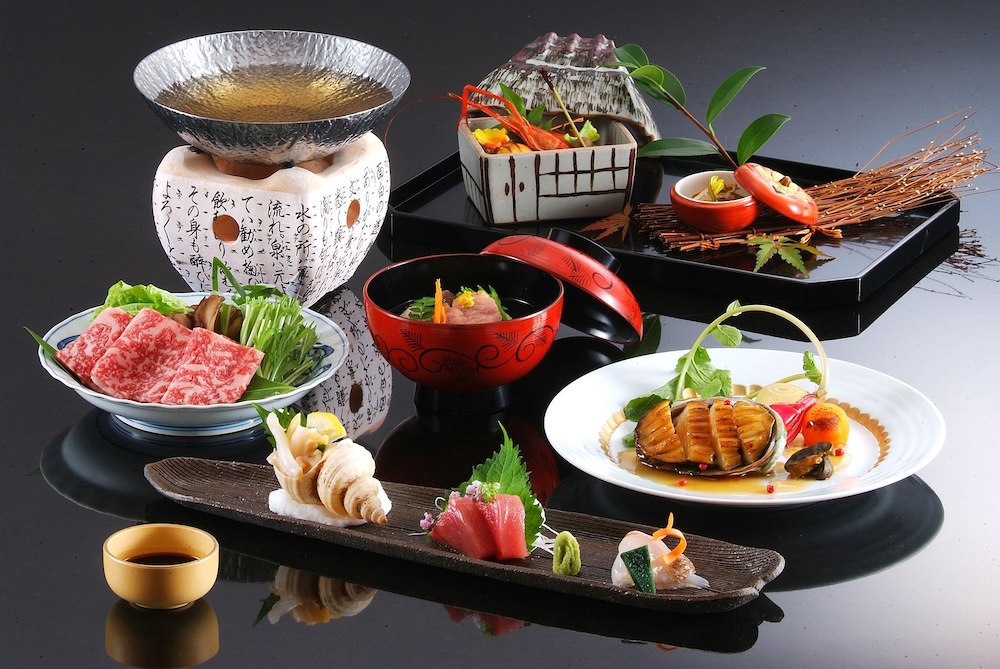
懐石料理がお茶を楽しむためのコース料理であるのに対して、会席料理はお酒を楽しむための日本料理とされ、宴会や会食などにおいて、コース形式で供されます。
基本的には「懐石料理」と同様に一汁三菜ではありますが、ご飯と汁もの、香の物が最後に出てくるのが特徴です。
- traditional multi-course banquet meal
- traditional Japanese course dinner
- traditional Japanese multiple-course meal
- traditional Japanese multi-course haute cuisine
Japanese course-style meal offered at banquets and dinner parties
(宴会や会食などで供される日本のコース料理)
traditional Japanese-style cuisine served at banquets
(宴会で供される日本の伝統的なお料理)
traditional Japanese course meal basically includes one soup and three other dishes
(一汁三菜を基本とした日本の伝統的なコース料理)
It is commonly served at high-class restaurants and at Japanese-style hotels.
(主に高級レストランや旅館などで供されます。)
It is generally served as a course menu, and the individual dishes are rarely ordered independently.
(一般的にコースになっており、単品で頼むことはあまりありません。)
Kaiseki ryori is traditional Japanese haute cuisine and is served at ryokans and high-end Japanese restaurants.
(会席料理とは、日本の伝統的な高級料理で、旅館や高級店などで提供されています。)
会席料理のメニュー
Kaiseki dishes are served one after another in order.
(会席料理は、順番にお料理が出されます。)
The order differs slightly at each restaurant.
(提供される順番はお店によって若干違いがあります。)
The set, which consists of rice, tomewan (miso soup), and kōnomono (pickled vegetables), is always served toward the end of the meal before dessert.
(ご飯、お味噌汁、香の物のセットは、食事の後、デザートの前に供されます。)
| 1 | 食前酒 | aperitif |
| 2 | 先付/前菜(Sakizuke/Zensai) | appetizer |
| 3 | 椀物/吸い物(Wammono/Suimono) | clear soup |
| 4 | 向付/お造り(Mukozuke/Otsukuri) | sashimi (raw fish slice) |
| 5 | 鉢肴/焼き物(Hachizakana/Yakimono) | broiled/grilled dish |
| 6 | 煮物(Nimono) | simmered dish |
| 7 | 揚げ物(Agemono) | deep-fried dish |
| 8 | 蒸し物(Mushimono) | steamed dish |
| 9 | 止め肴/酢の物(Tomezakana/Sunomono) | vinegared dish |
| 10 | ご飯(Meshimono) | rice |
| 11 | 汁物(Shirumono) | miso soup |
| 12 | 香の物/漬物(Kōnomono/Tsukemono) | pickled vegetables |
| 13 | 水菓子(Mizugashi)または 和菓子(Wagashi) | Dessert of fruit or Japanese confectionery |
